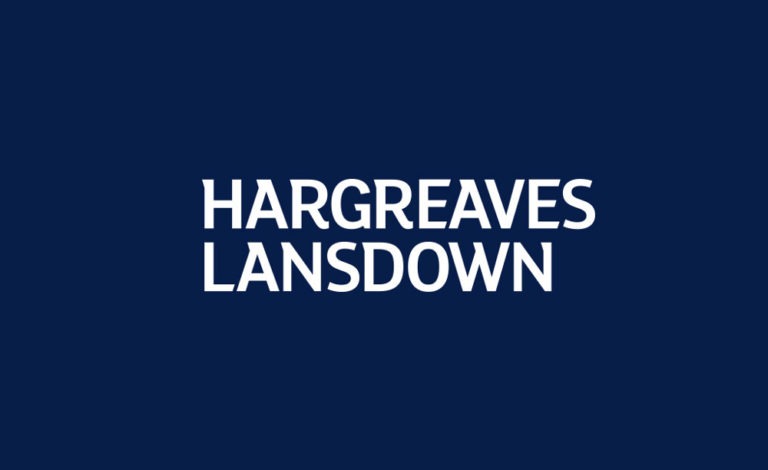Best savings accounts 2025
Money Talk is intended to inform and educate; it's not financial advice. Affiliate links, including from Amazon, are used to help fund the site. If you make a purchase via a link marked with an *, Money Talk might receive a commission at no cost to you. Find out more here.
The Bank of England Bank Rate now sits at 4.25%, having been steadily falling over the last few months.
While high street banks have followed suit by dropping the interest rate they’re paying on savings accounts, savvy savers can still get some pretty good rates if they shop around.
If you’re currently saving – and you should have an emergency fund at the very least – it’s high time to review whether your money is still in the best place.
How to find the best savings rates
If you’re short on time, here are a few easy ways to find the best savings rate.
Savings websites
Savings Champion is a good starting point.
It has a Best Buy table of most of the major players and a rates alert newsletter that you can sign up to.
It doesn’t include every provider though, so if you’re seriously thinking about making a switch rather than just casually browsing, it’s worth doing a wider scan.
Money Saving Expert’s savings accounts table is updated daily and makes for a good alternative.
Savings platforms and hub accounts
Hargreaves Lansdown has an Active Savings* product where you can deposit your cash into one account and then funnel the money into different pots held with different providers.
Essentially it allows you to manage all your savings in one place, even if your money is all over the place.
The rates offered here may be different from what you see advertised elsewhere though as Hargreaves Lansdown gets paid a fee from the savings account providers.
Raisin and Flagstone does a similar thing, but they require minimum deposits.
Savings newsletters
It’s also worth signing up to any newsletters from your current banks so you get alerted to any new products.
Nationwide for example has a Savings Watch service that emails you when there’s a product that might offer a better interest rate than what you’re currently getting.
And of course, don’t forget you can sign up for the Money Talk newsletter if you haven’t already.
Best savings accounts at a glance
The below is by no means an exhaustive list. I’ve only included better known providers here but there may well be lesser known ones offering better rates.
If you do go with a lesser known provider, make sure you double check that they are legitimate and that they offer the right type of protection for your money (look for mentions of the Financial Services Compensation Scheme).
In some cases, your interest payment is not protected so you may need to move the money out and then back in to ensure that it is.
This list is also different from Money Talk Best Buy because it’s purely rates based rather than best overall – some may require you to sign up for a fee-paying current account, for example.
Best instant access savings account
These are savings accounts that allow you access to your money at any time.
Some current accounts have similar interest rate levels so it’s worth considering those, too.
- Santander Edge Saver 6% AER (up to £4,000 for current account customers with Santander Edge, includes first year bonus)
- Barclays Rainy Day Saver 4.61% AER (up to £5,000 for current account customers with Blue Rewards membership)
- Marcus Online Savings Account 4.01% AER (includes bonus)
Best regular saver
Regular saver accounts require you to deposit a minimum amount of money each month, but they often reward you with higher interest rates.
Some will allow you to withdraw the money halfway through but some will lock away the funds until the account matures.
- First Direct Regular Saver 7% AER (save £25 to £300 a month, for current account holders only)
- Nationwide Flex Regular Saver 6.5% AER (save up to £200 a month, for current account holders only)
- Club Lloyds Monthly Saver 6.25% AER (save £25 to £400 a month, for Club Lloyds current account holders only)
- Natwest Digital Regular Saver 6.17% AER (save up to £150 a month, with higher rate paid up to £5,000, for current account holders only)
- RBS Digital Regular Saver 6.17% AER (pay in up to £150 a month, with higher rate paid up to £5,000, for current account holders only)
Best cash ISAs
You have a personal allowance of up to £20,000 a year for ISAs, which is pretty decent.
If you open a LISA, your allowance would be split between the LISA (up to £4,000) and the ISA, which can be with different providers.
There are a few different types of cash ISAs so choose carefully.
- Moneybox Cash ISA 5.46% AER (5.46% AER from 29 May 2025)
- Plum Cash ISA* 4.85% AER
- Chip Cash ISA* 4.33% AER
Other types of savings accounts
Aside from the most obvious types of savings accounts, if you have money that you don’t need immediate access to, there are lots of alternative options that can earn you a bit more interest.
On notice accounts for example, you have to give notice of 30 days, 90 days or longer to withdraw your money.
There are also fixed rate accounts where your money is locked away for longer periods of time, say at least a year, and you can withdraw it early on payment of a penalty (usually lost interest).
Or you could opt for bonds where, once you pay your money in, it’s effectively locked away until it matures.
If you want to try your luck, there are always savings accounts with prize draws.
I actually managed to win some money with Chip’s version.
And then there are the savings accounts for kids, which usually offer higher interest rates.
This post was originally published in November 2022. It was updated in June 2025.
Pin this for later








